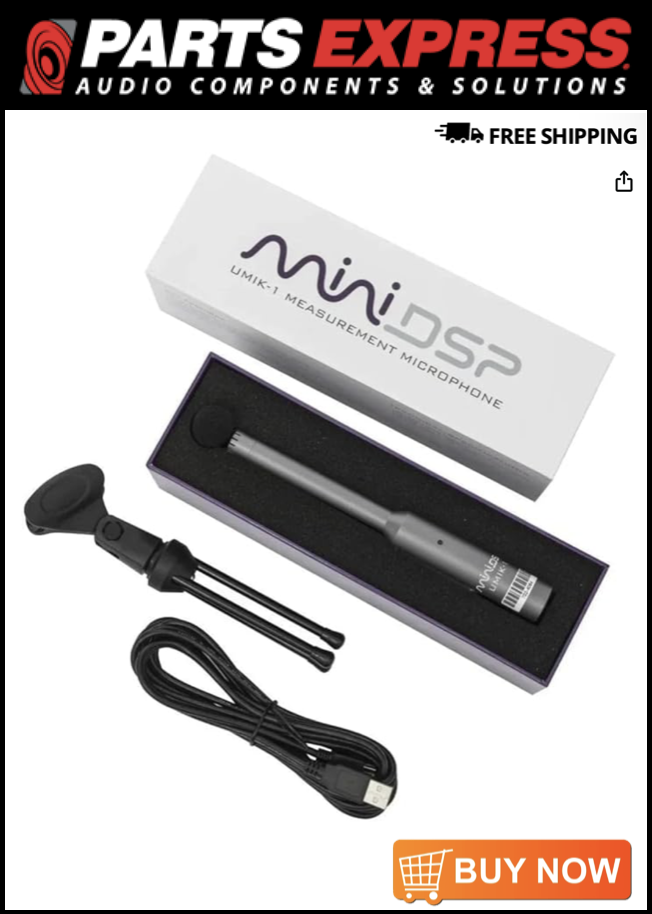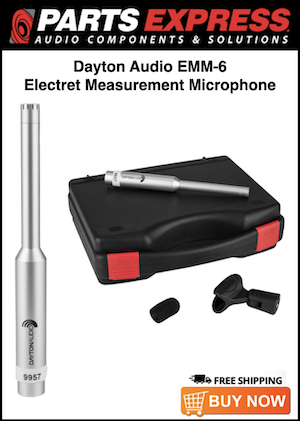rajdude
Registered
Thread Starter
- Joined
- Jul 11, 2021
- Posts
- 29
More
- Preamp, Processor or Receiver
- Emotiva XMC-1
- Main Amp
- Bryston PP-120 SST Monoblocks
- Front Speakers
- Magnepan 3.6R
- Center Channel Speaker
- Magnepan CC3
- Surround Back Speakers
- Magnepan MC1
- Subwoofers
- 2 x Rythmik FV15HP
Hi Folks,
I could use a little bit of help here. Please take a look at my subs measurements. I got way too much room gain.
I want to have a smooth curve, maybe with a little rise at the low end, something like the Harman curve, but first I should be able to make it flat, correct?
For the past few hours, I am trying to generate filters which can tame this huge, over 20 dB hump below 60 Hz, but have been mostly unsuccessful. Here is what I have tried so far:
Reducing the output of the subs, but that also reduces mid-bass region.
I have time aligned the 2 subs using the time alignment tool. That does nothing.
Created manual filters to try to boost the 60 to 80 Hz range, it helps a bit.

Here is what the curve looks like with the auto generated EQ filters

Thank you in advance for your help!
I could use a little bit of help here. Please take a look at my subs measurements. I got way too much room gain.
I want to have a smooth curve, maybe with a little rise at the low end, something like the Harman curve, but first I should be able to make it flat, correct?
For the past few hours, I am trying to generate filters which can tame this huge, over 20 dB hump below 60 Hz, but have been mostly unsuccessful. Here is what I have tried so far:
Reducing the output of the subs, but that also reduces mid-bass region.
I have time aligned the 2 subs using the time alignment tool. That does nothing.
Created manual filters to try to boost the 60 to 80 Hz range, it helps a bit.
Here is what the curve looks like with the auto generated EQ filters
Thank you in advance for your help!



















